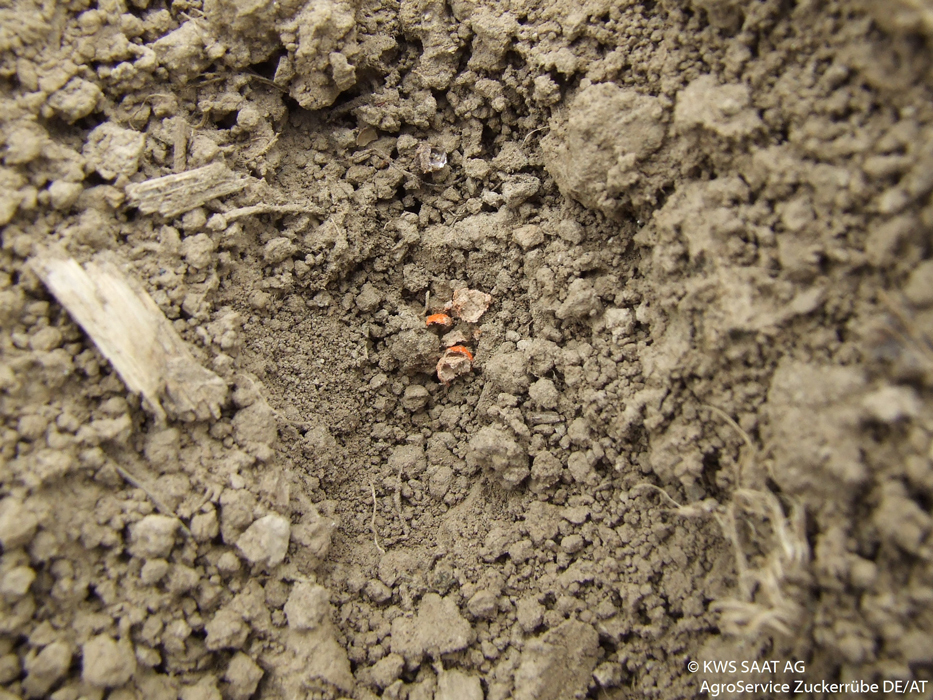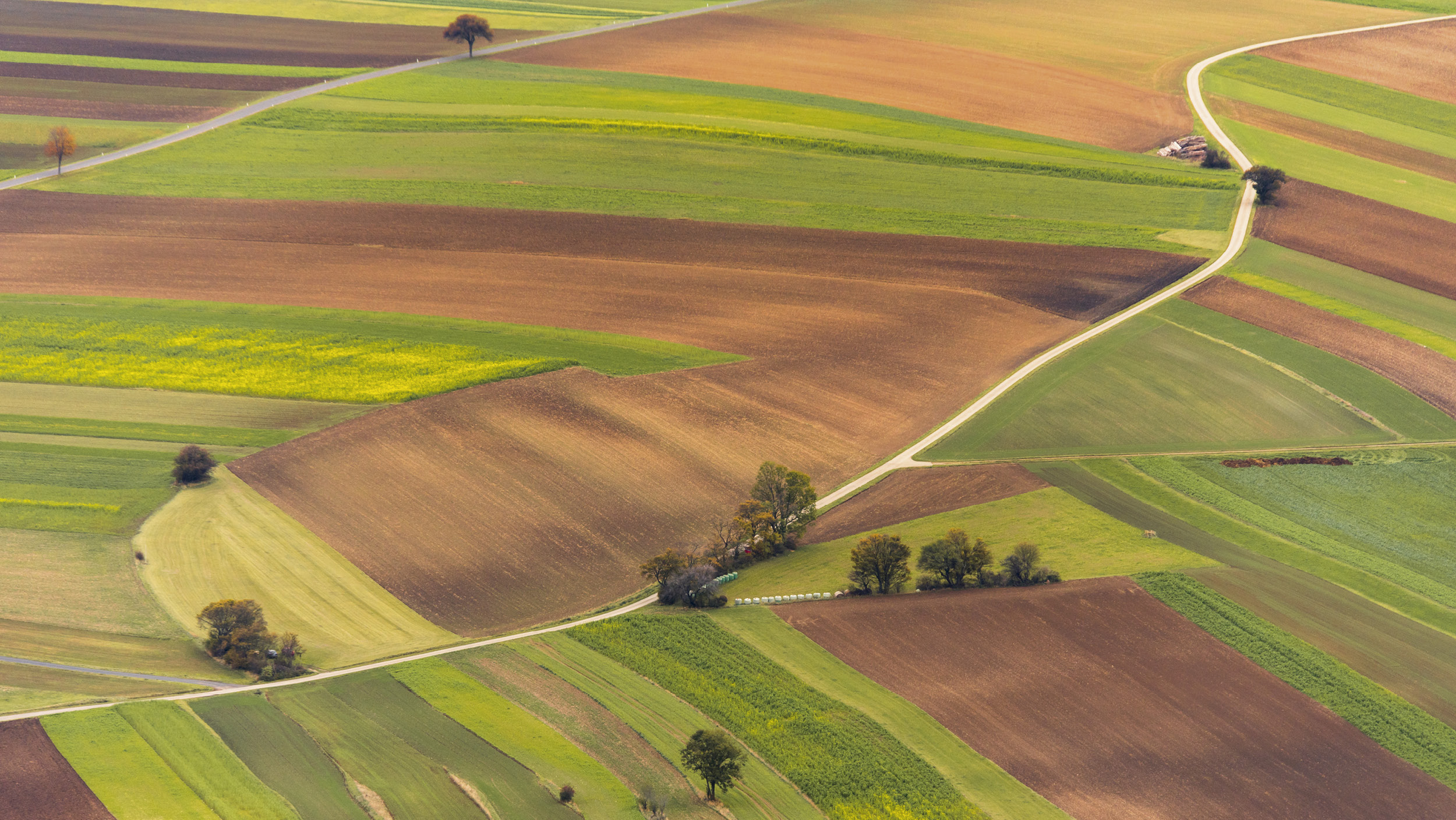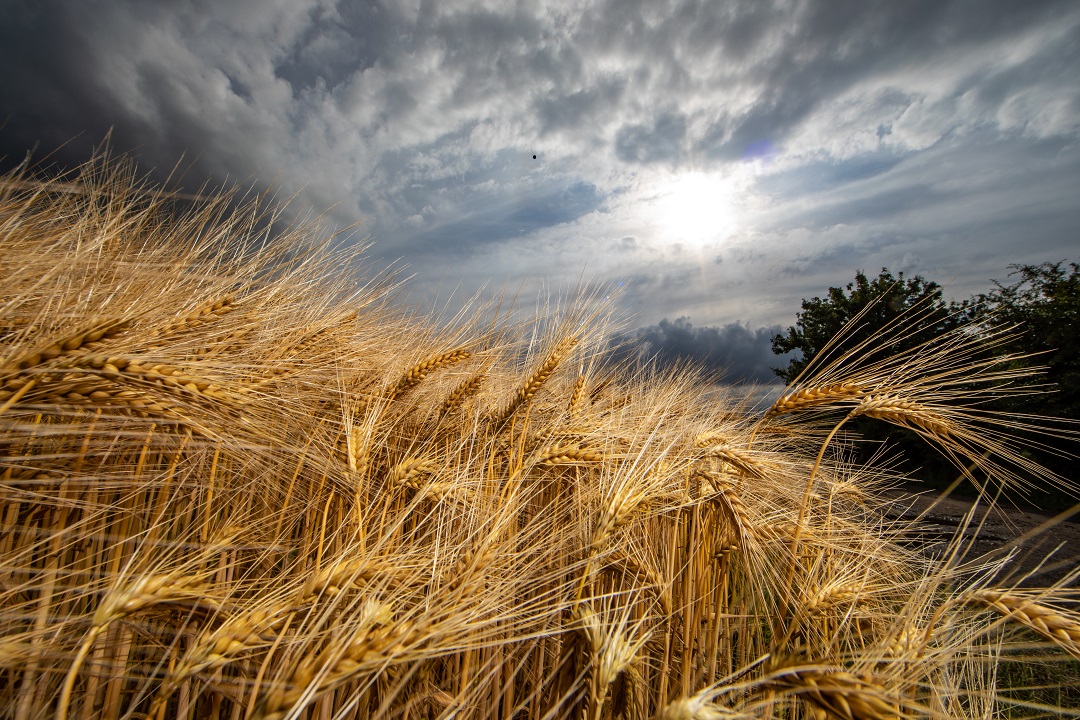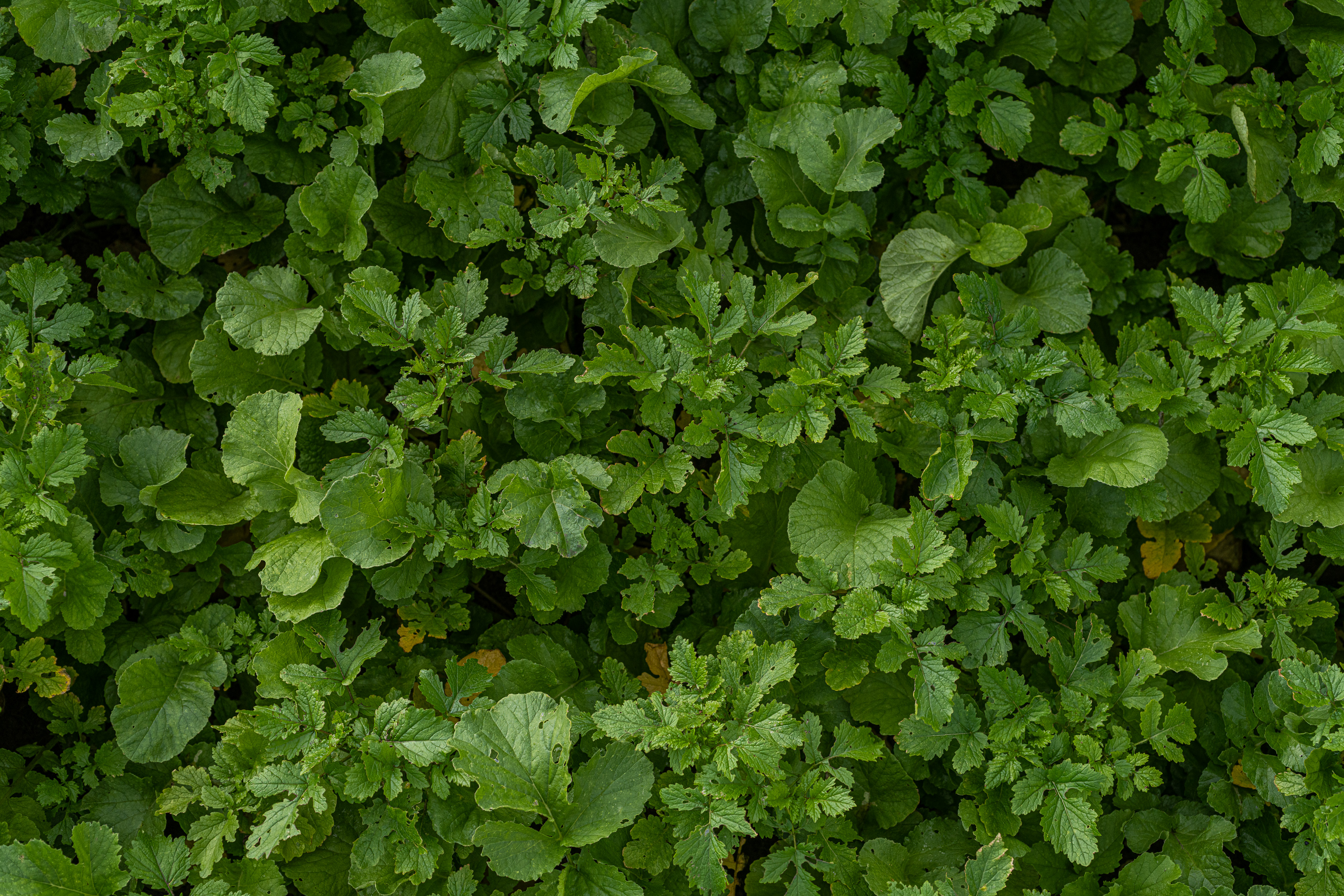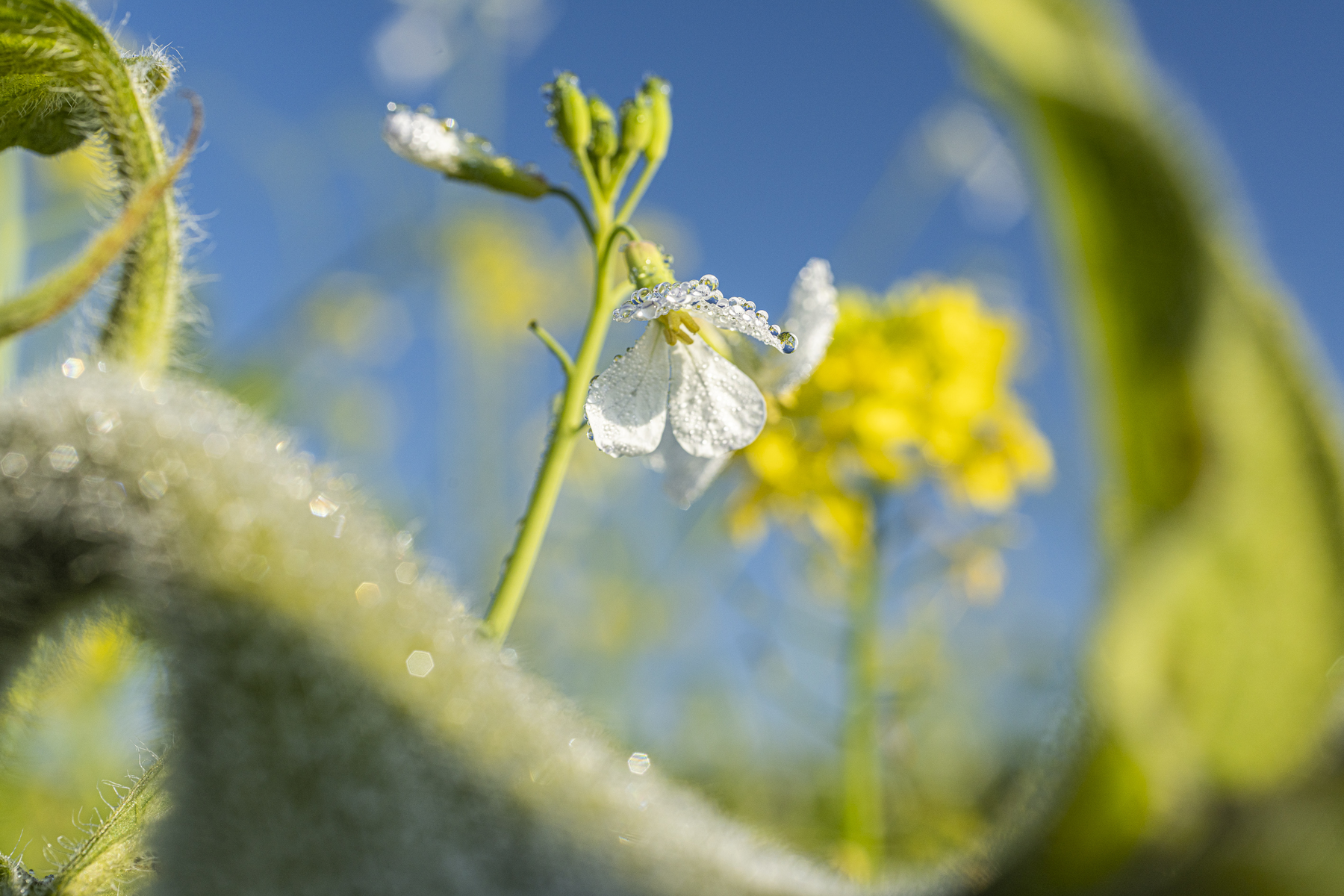How to avoid crop rotation diseases
How to avoid common problems
Wheat, barley, maize and oilseed rape are grown on approximately 31,7% of the arable land worldwide. Keep in mind, this is an average and depending on each country, this percentage is notably higher. For example, the four main crops winter wheat, maize, winter barley and winter rape are grown on 70 percent of the total arable land in Germany (BMEL 2019). Due to the large area under cultivation of a few main crops, combined with a declining portfolio of active ingredients in pesticides, combating many diseases and pests is becoming a challenge.
In cereals
In cereals, herbicide-resistant weeds and grass weeds, such as foxtail or wind stalk, become a problem. The process of resistance formation develops over many years and often occurs with active ingredients that only affect one point of the metabolism in the plant organism.
However, farmers have many agricultural options to prevent the build-up of resistance. The primary goal is to keep the arable land as free of weeds as possible in order to prevent the problematic weeds and grasses from being sown.
In addition to tillage and the date of sowing, the crop rotation is particularly important. The cultivation of winter cereals alternating with summer crops and leaf crops results in breaks in cultivation, during which weeds and grasses can be stimulated to germinate by tillage and then eliminated. This will reduce the future germination rate of the problematic species.
In addition to the use of herbicides, conventional farms also have the option of using mechanical weed control options such as hoes and harrows so that the existing active ingredients are retained as long as possible.
In oilseed rape
In oilseed rape, among other things, the infestation with carbonic hernia and Verticillium wilt limits the yields. Carboniferous hernia is a soil-borne pathogen that can survive for many years due to permanent spores.
Verticillium wilt is triggered by fungal pathogens and leads to pathological maturation. In combating these pathogens, only an integrated concept based on agricultural measures, such as the cultivation of varieties that are tolerant to Verticillium or varieties that are resistant to clubwort, can help in the long term.
Crop rotation is a preventive measure to prevent the two pests mentioned above from occurring. When growing rapeseed, a break of at least 3 years is recommended. In addition, no other crucifers should be integrated into the crop rotation.
In sugar beet
In sugar beet, by growing resistant varieties such as oil radish and mustard in beet crop rotations, the nematode load in the soil can be reduced.
But be careful: choosing the wrong catch crop can also increase pest pressure. In the case of oilseed rape and beet in a crop rotation, the cultivation of crucifers as catch crops promotes the spread of clubroot, so oil radish and mustard are not suitable catch crops.
With regard to nematodes, the simple use of nematode-tolerant varieties has proven its worth.
In maize
Advantageously, corn is a self-tolerant crop. However, in areas troubled by the corn borer, care should be taken to incorporate and shred crop residues. In addition, Sorghum can be cultivated as an alternative to corn, as sorghum is not a host for the corn borer.
Also, keep in mind: Silage corn is a humus consumer. In this case, integrating a catch crop mix for humus recovery is a meaningful addition to the rotation.
Last but not least: In terms of overall rotation pattern, cereals are an ideal partner for maize.
Keep in mind
In the case of a commercial utilization possibility, field forage cultivation over several years offers the possibility of decimating seed and root weeds in the soil. The seed weeds germinate, but are cut off before the seeds form. Root weeds are starved by the main crop being deprived of light and nutrients, and as a result often do not sprout in the following year.
